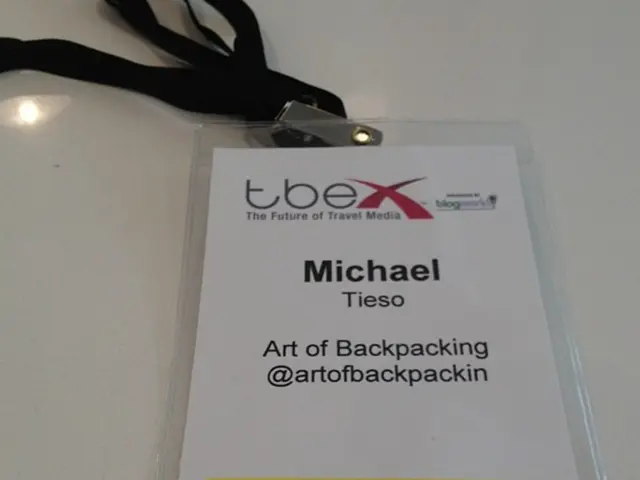Exploring Multiculturalism: Engaging in Diverse Dialogues within an English Learning Environment
In today's increasingly globalised world, the English classroom is no longer a monocultural space. The integration of multicultural content and practices has become essential in enriching discussions and fostering a deeper understanding of diverse perspectives.
Understanding how to navigate and address cultural bias is crucial for both educators and students. Frequently asked questions include why addressing cultural diversity is important, how to manage cultural diversity during classroom discussions, challenges that educators might face, how to assess the effectiveness of cultural diversity initiatives, and how technology influences cultural diversity discussions in the classroom.
Technology offers exciting opportunities to enhance discussions about cultural diversity. It breaks down geographical and cultural barriers, providing access to diverse digital content, facilitating virtual guest speakers or peer classroom collaborations, and supporting language learning for English language learners.
Educators face the challenge of facilitating meaningful and inclusive conversations that respect cultural differences. Addressing cultural diversity in classroom discussions equips students with critical social skills, broadens their understanding, and prepares them for collaborative global citizenship.
To create a culturally responsive environment, educators can employ several key strategies:
1. Incorporate Multicultural Content and Materials
Selecting texts and reading materials from a wide spectrum of cultural backgrounds is vital. This includes works from authors across Africa, Asia, Latin America, and other regions. Highlighting the historical and cultural contexts of these texts deepens students’ understanding of different cultures.
2. Promote Inclusive and Collaborative Classroom Practices
Pairing students from different cultural backgrounds for group discussions fosters diverse perspectives and mutual learning. Structured discussion techniques like a “talking stick” ensure all voices are heard, and activities that celebrate cultural holidays and traditions build respect and strengthen community bonds.
3. Foster an Open, Safe Environment for Dialogue
Creating a safe space where students feel comfortable sharing their cultural experiences and perspectives is essential. Open discussions, cultural activities, and inclusive conversations develop empathy, address misconceptions, and promote understanding among students.
4. Incorporate Linguistically Responsive Instruction
Providing multiple modes of content representation supports students from diverse linguistic backgrounds. Encouraging multiple forms of expression and allowing students to incorporate their home languages in academic work validates their linguistic identities.
5. Adapt Assessment Practices
Designing assessments that focus on content knowledge rather than linguistic ability ensures fairness for all students. Simplifying question wording, offering alternative formats, and using rubrics prioritizing understanding over grammatical accuracy are effective strategies.
By weaving these strategies into English classroom discussions, educators create culturally responsive environments that value diversity, promote mutual respect, and enhance student engagement and learning outcomes. This approach helps students develop critical cross-cultural competencies and a broader global perspective.
Addressing cultural diversity in classroom discussions involves understanding and integrating various cultural perspectives. Fostering diverse perspectives prepares students for a globalized workforce. Cultivating an environment that celebrates different backgrounds enriches the learning experience. Regularly evaluating classroom dynamics and making necessary adjustments is crucial for maintaining an inclusive environment.
Collaboration between educators, policymakers, and community members is essential in creating classrooms that celebrate and embrace the richness of different cultures, ultimately preparing students for success in a diverse world. Cultural diversity in English classroom discussions has significantly grown over the years, and globalization has increased the diversity of student populations.
Cultural bias may manifest in discussions where particular viewpoints are prioritized or valued over others. Educators should actively pursue professional development opportunities focused on cultural competence and engage with resources that provide insights into diverse cultural perspectives. It is essential for educators to foster awareness, open dialogue, and respect for cultural differences in the classroom to create an inclusive and enriching learning environment. Continuous learning and adaptation are crucial for ensuring that the educational experience remains relevant and beneficial for all students.
In the pursuit of both education-and-self-development and personal-growth, incorporating diverse perspectives through learning about different cultures and fostering cultural diversity in classrooms plays a vital role in enhancing conversations and promoting personal growth. Embracing such strategies as promoting inclusive classroom practices, cultivating an open dialogue, and respecting various perspectives equips students with critical skills for collaboration in a globally interconnected world, enriching their understanding and fostering mutual learning (learning).




